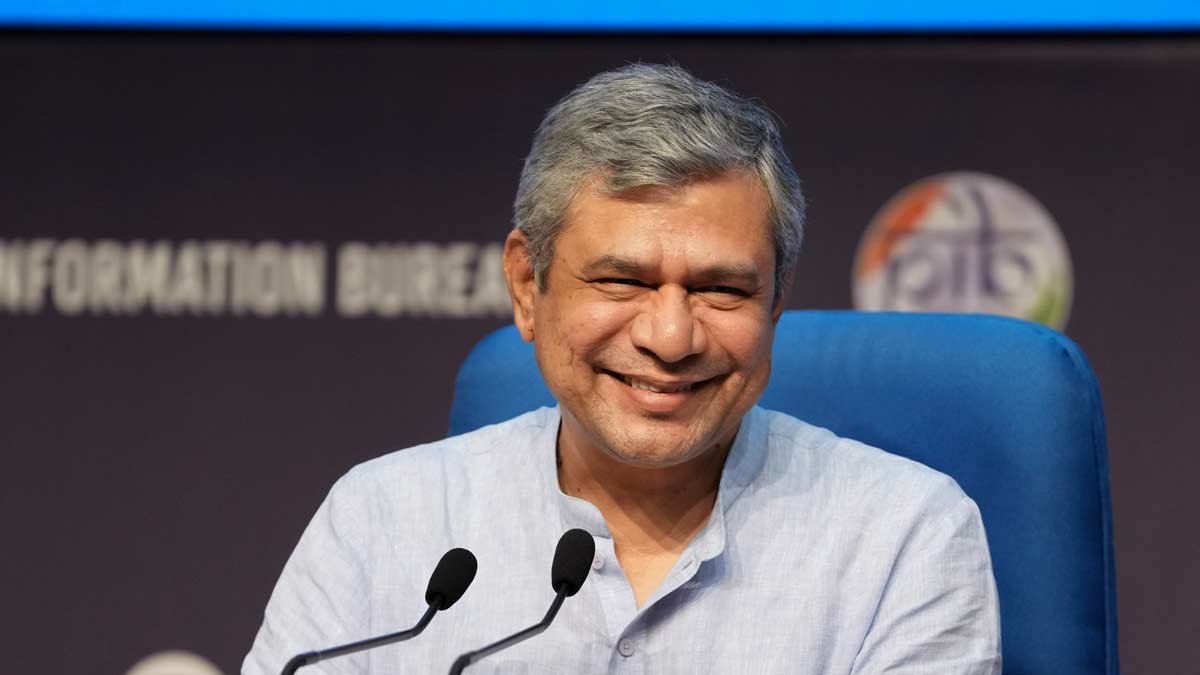Jharia’s 'burning belly' gets a fresh lifeline: Cabinet clears revised Rs 5,940 cr rehabilitation plan
 Union Minister Ashwini Vaishnaw during media briefing on Cabinet decisions | PTI
Union Minister Ashwini Vaishnaw during media briefing on Cabinet decisions | PTI
Considered India’s biggest coal reserves, Jharia in Jharkhand is key to the country’s energy needs, but the health crisis, including severe respiratory illnesses, associated with fires had at these mines has presented a grim contrast.
Now, the Centre has taken a significant step to tackle this decades-old crisis. The Cabinet Committee on Economic Affairs (CCEA), chaired by Prime Minister Narendra Modi, has approved the revised Jharia Master Plan (JMP) with a total outlay of Rs 5,940.47 crore. The new plan aims to expedite the dousing of underground fires, address dangerous land subsidence, and relocate thousands of families living in precarious conditions.
According to the government, the revised JMP places a much stronger emphasis on sustainable livelihood generation for families being resettled. It adopts a phased approach, prioritising the most vulnerable and high-risk zones for fire control and rehabilitation. The objective is to combine scientific fire mitigation with a humane, infrastructure-driven rehabilitation model.
“Targeted skill development programmes are to be undertaken and income-generating opportunities will be created to ensure economic self-reliance of the rehabilitated families,” said Information and Broadcasting Minister Ashwini Vaishnaw.
Additionally, a livelihood grant of Rs 1 lakh and access to credit support of up to Rs 3 lakh through an institutional credit pipeline will be extended to both Legal Title Holder (LTH) families and Non-Legal Title Holder (Non-LTH) families.
The government also stated that comprehensive infrastructure and essential amenities—such as roads, electricity, water supply, sewerage, schools, hospitals, skill development centres, and community halls—will be developed at the resettlement sites. These provisions will be implemented in accordance with the recommendations of the Committee for Implementation of the Revised Jharia Master Plan, ensuring a holistic and humane rehabilitation approach.
As part of the broader livelihood support measures, a dedicated Jharia Alternative Livelihoods Rehabilitation Fund will be established to promote employment-linked activities.
The original Jharia Master Plan was notified in 2009 and completed its tenure by 2021 without fully addressing the issue. However, progress was slow, hindered by institutional delays, legal disputes, unclear land titles, and the vast scale of the underground infernos that defy simple solutions.
According to the minister, the 2009 plan could not be fully implemented due to legal, technical, and social obstacles. “The revised master plan has been modified to address these challenges,” he said.
The Jharia coalfields have suffered from severe fire and land subsidence due to “unscientific” mining practices carried out prior to nationalisation. The mining has been done here since 1890s.
Under the 2009 rehabilitation plan, although progress was limited, the number of active surface fire sites was reduced from 77 to 27, and 39 out of 595 identified subsidence sites were stabilised.
The revised plan is now expected to reignite implementation efforts, bringing long-awaited relief and dignity to the people of Jharia.
India